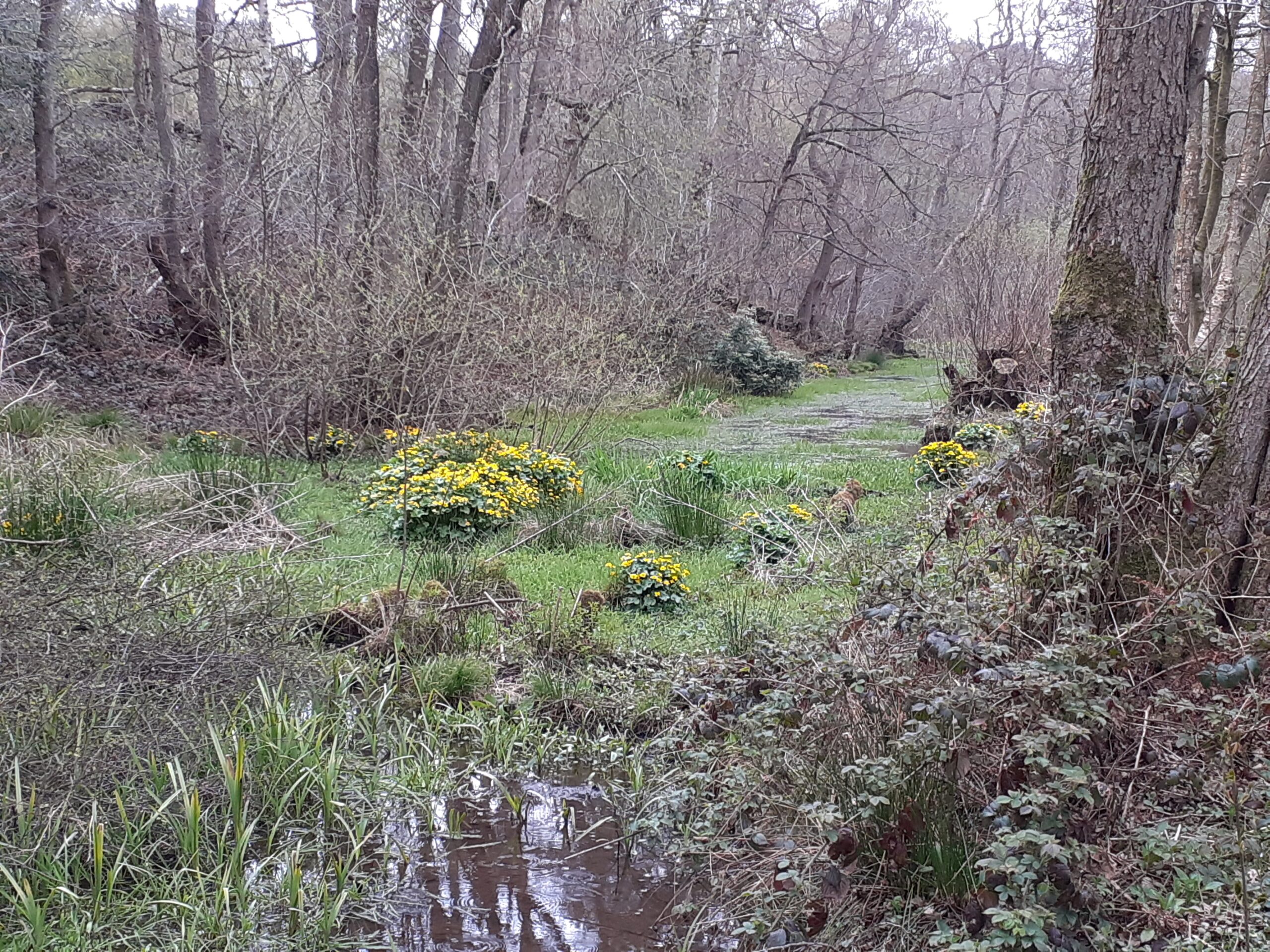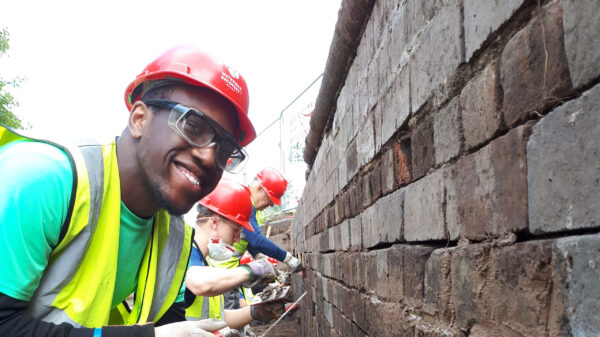Waterways > Uttoxeter Canal
Uttoxeter Canal
The restoration of the Uttoxeter Canal is potentially between Froghall to Denstone. It contains surviving locks, the last remaining bridge and an unusual ‘level crossing’.
Things to do nearby
Facts & Stats
13 miles
(20.9km)
The length of the Uttoxeter Canal restoration.
17 locks
1849
Year closed
Froghall to Denstone
The Uttoxeter Canal was opened in 1811 as an extension of the Caldon Canal (itself a branch of the Trent & Mersey Canal).
It continued down the Churnet Valley from the terminus of the Caldon Canal at Froghall to the market town of Uttoxeter. Goods carried on the canal included coal, lime, brass, iron, slate, pipes, timber and bricks. It was a very rural canal and its finances were precarious.
In the late 1840s, the Trent & Mersey Canal Company was taken over by the North Staffordshire Railway and the canal (apart from the first lock and basin at Froghall) was officially closed in 1849. The NSR then built their Churnet Valley line along the route, crossing the line of the canal in various places.
The first lock and basin at Froghall continued in use until around 1930, with the lock chamber eventually being filled in with dredgings in the 1970s.
Restoring the Uttoxeter Canal
Many sections of the canal that were not built over by the railway remain in water to this day.
The first lock and basin of the canal at Froghall were restored in 2005 in a £625k partnership project between volunteers, British Waterways and local authorities, backed by the European Regional Development Fund.
A study carried out in 2009 concluded that it is feasible to restore the Uttoxeter Canal between Froghall and Denstone. Since then, the Caldon & Uttoxeter Canals Trust has led a number of further projects, supported by IWA North Staffordshire & South Cheshire Branch and Waterway Recovery Group, at a number of locations further down the valley, including a number of projects as part of the Churnet Valley Living Landscape Partnership.
Waterway notes
Waterway underfunding
Hundreds of miles of waterways – along with their unique heritage and habitats – are currently starved of funding and rely on constant lobbying by us to safeguard their future.
Sustainable Boating
We want boating on canals and rivers to be more sustainable and – even though the current overall contribution to UK carbon emissions is very small – we want to help reduce emissions on the waterways.
Waterways Heritage at Risk
Britain’s canals and rivers are a unique, living heritage. But that heritage is at risk – from urban development, lack of protection, loss of skills and knowledge and climate change.
You can help Save Waterways Heritage.
Waterway restoration
Restoring the UK’s blue infrastructure – our inherited network of navigable canals and rivers – is good for people and places.



